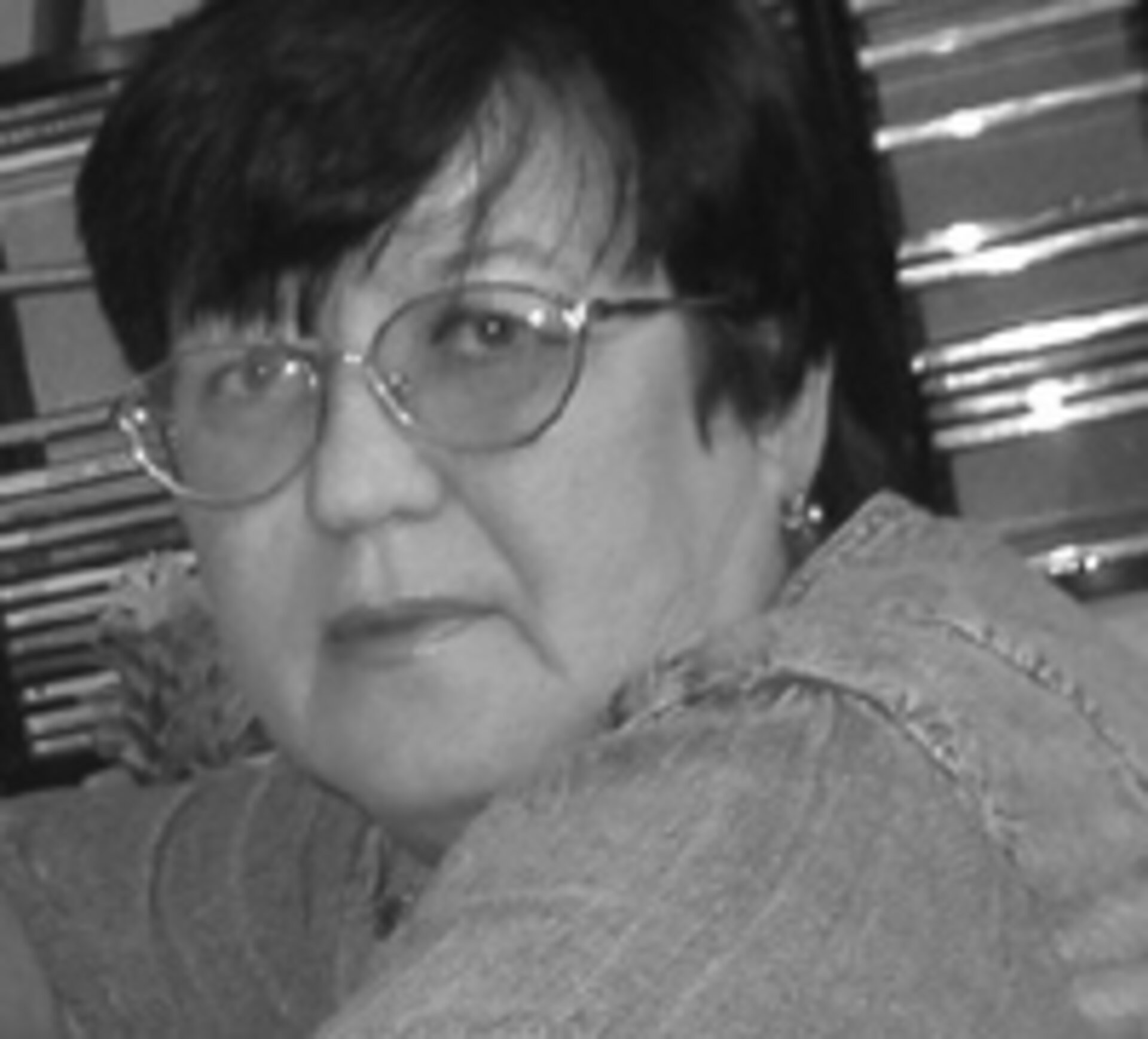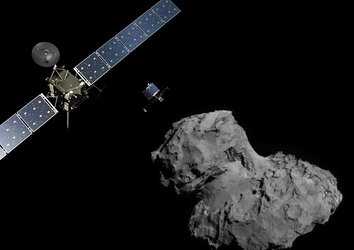Happy birthday: An interview with Svetlana Gerasimenko
When Klim Churyumov and Svetlana Gerasimenko set off on an expedition to Alma-Ata in September 1969, little did they know that they would discover a comet that one day would be the first to have a spacecraft from Earth land on it.
| Svetlana I. Gerasimenko Co-discoverer of Comet 67P/Churyumov-Gerasimenko Scientific worker, Institute of Astrophysics, Tajik Academy of Sciences Born: 23 February 1945, in Baryshevka, Ukraine In 1963, Svetlana began studying astronomy at Kiev State University. After graduating in 1968, she entered post-graduate courses under Prof. Vsehsvyatskiy S. Konstantinovich. Moved to Dushanbe, Tajikistan, in 1973 and started working at the Institute of Astrophysics, Academy of Sciences of the Republic of Tajikistan. She has lived in Tajikistan now for thirty years, engaged mainly in astrometry and photometry of comets, structure of comet nuclei and study of their activity. In 1975 Svetlana was awarded a medal from the Astronomical Council of Academy of Sciences of the USSR for discovering of new astronomical objects, and with the bronze medal of the Exhibition of National Economy Achievements of the USSR. In 1995, a minor planet 3945 was named Gerasimenko. She is married to Alexander Blokhin, a meteor physicist. They have one daughter, two sons and four grand-daughters. Her hobby is the cultivation of flowers.
|
ESA: How did you discover Comet 67P/C-G, and what did this feel like?
Svetlana Gerasimenko: In September 1969, Klim Ivanovich Churyumov and I left for an expedition to Alma-Ata to make observations of comets. Klim was the head of the expedition.
In Alma-Ata, I used the 50-cm Maksutov telescope of Astrophysical Institute of the Academy of Sciences in the Kazakh SSR. On the night of 11/12 September, I observed several comets including Comet Comas Solà. After the observations I developed the plates. Unfortunately, the plate with Comet Comas Solà was defective. In the middle of the plate there appeared a small non-developed spot and around it there was a space where density of the background was less than that of normally developed space. I was disappointed that I had made such a mistake, and at first I even wanted to throw this plate away. But on this faded background, not far from the centre there was an object which I assumed to be Comas Solà. So was I saved the plate.
Having come back to Kiev in October, together with Klim Ivanovich, I began to prepare plates for measuring. On this notorious plate, the marked comet was located about two degrees from the where Comet Comas Solà should have been. This was impossible.
We started to look through the whole space thoroughly and we managed to find Comet Comas Solà in the place where it had to be. It was a little fainter than the marked object. We immediately started to examine the whole observatory material and soon we found the new comet in four other negatives developed on 9 and 21 September. On 23 October, the information about this comet was sent to the Central International Bureau of Astronomical Telegrams.
This comet named after Churyumov-Gerasimenko was also found later by other observatories of the world. The orbit calculated by B. Marsden appeared to be elliptical and new comet was short-periodic. So the spoiled plate brought us good luck.
ESA: What other discoveries have you made?
Svetlana Gerasimenko: I did not find any other comets, but I have observed the very interesting phenomena in comets.
ESA: What are you working on now in your country, and do you and Dr Churyumov keep in touch?
The marked comet was about two degrees from the where Comet Comas Solà should have been. This was impossible.
Svetlana Gerasimenko: I continue to study comets, and I am in close touch with Klim even though we live far apart.
ESA: You discovered this comet in 1969, did you ever think that one day people might plan to land on it?
Svetlana Gerasimenko: I had dreamed of it, yet did not think it would happen so fast.
ESA: How do you feel about a spacecraft visiting the comet bearing your names?
Svetlana Gerasimenko: Life has presented me a great gift, and not only me but also to my relatives and friends.
ESA: What do you think we can learn from visiting these comets?
A spoiled photographic plate brought us good luck.
Svetlana Gerasimenko: I think we learn much about a nature of cometary nuclei.
ESA: Can anyone discover a comet, or other space object? What advice would you give to anyone who wants to work in this field?
Svetlana Gerasimenko: I think yes, they could discover a comet if he or she strongly desires to, and with some luck! To anyone wanting to work in this field, you should love the sky and try to look at sky more often.







